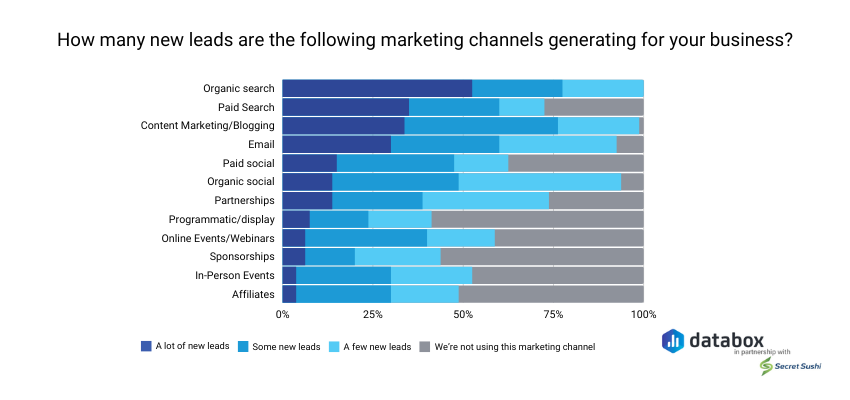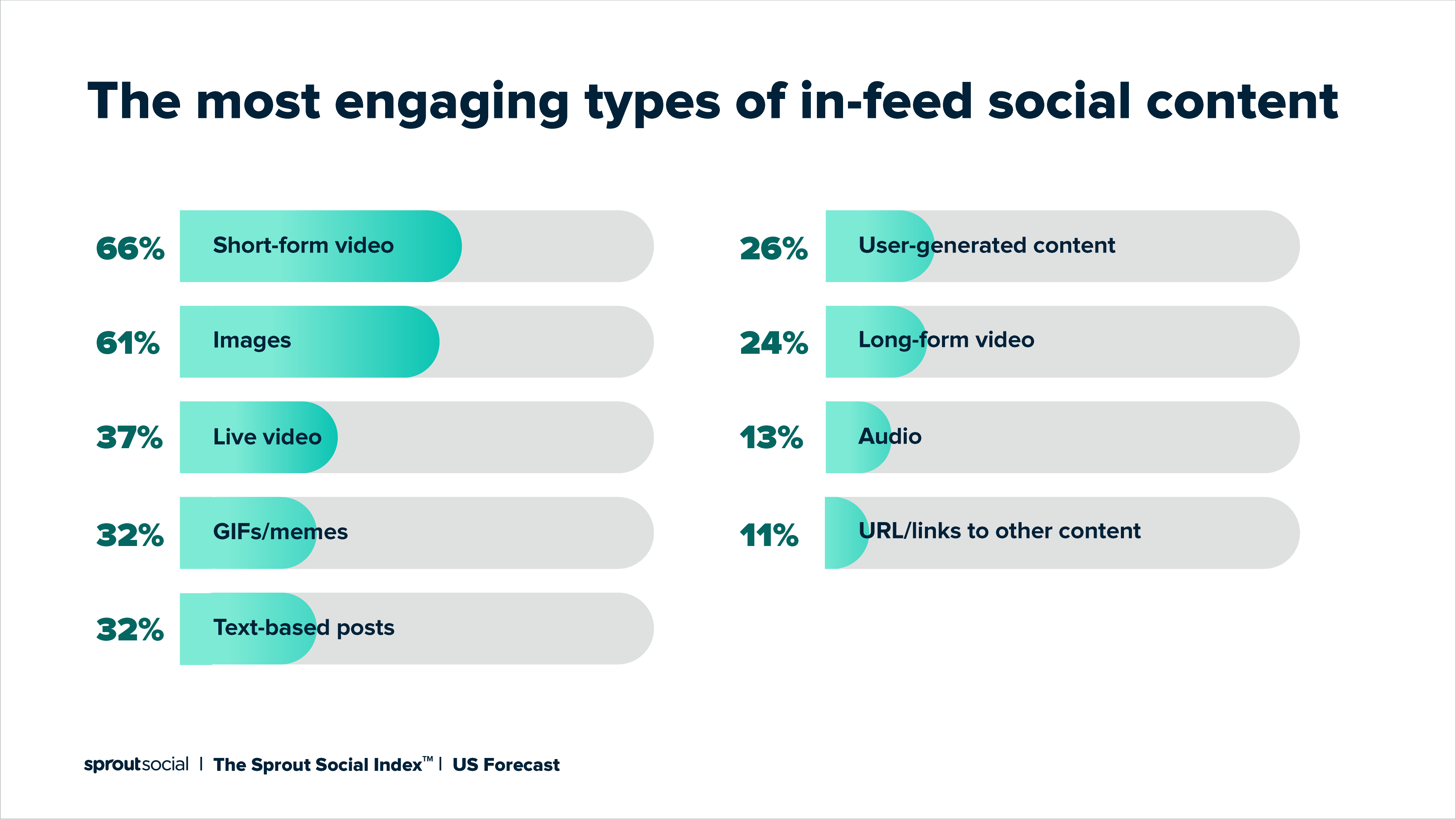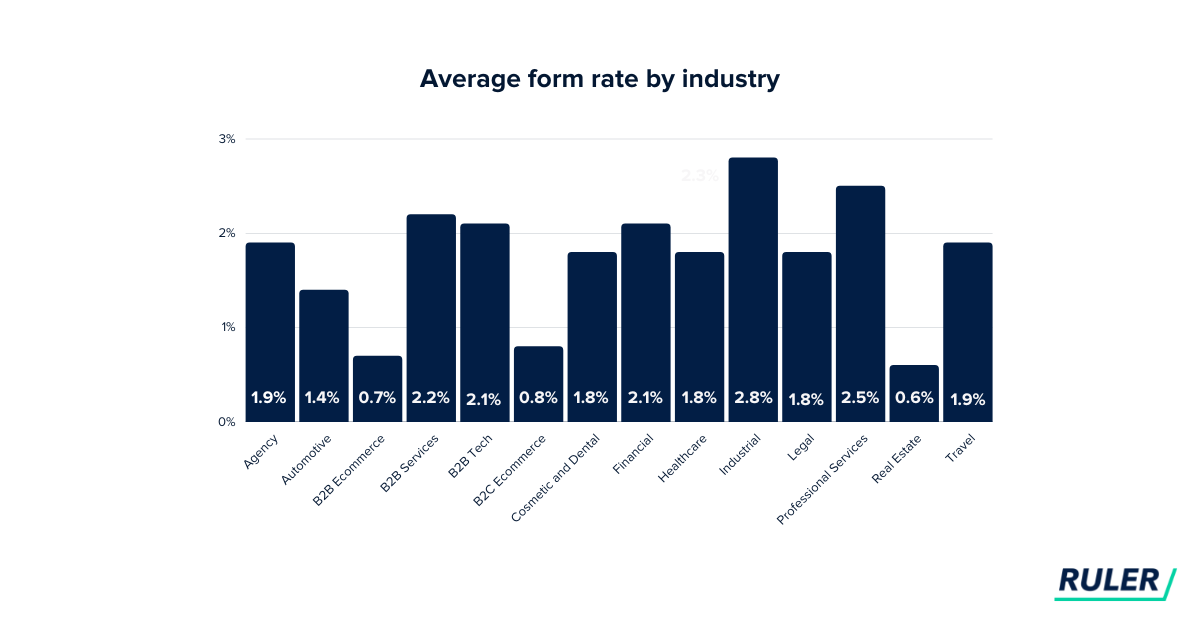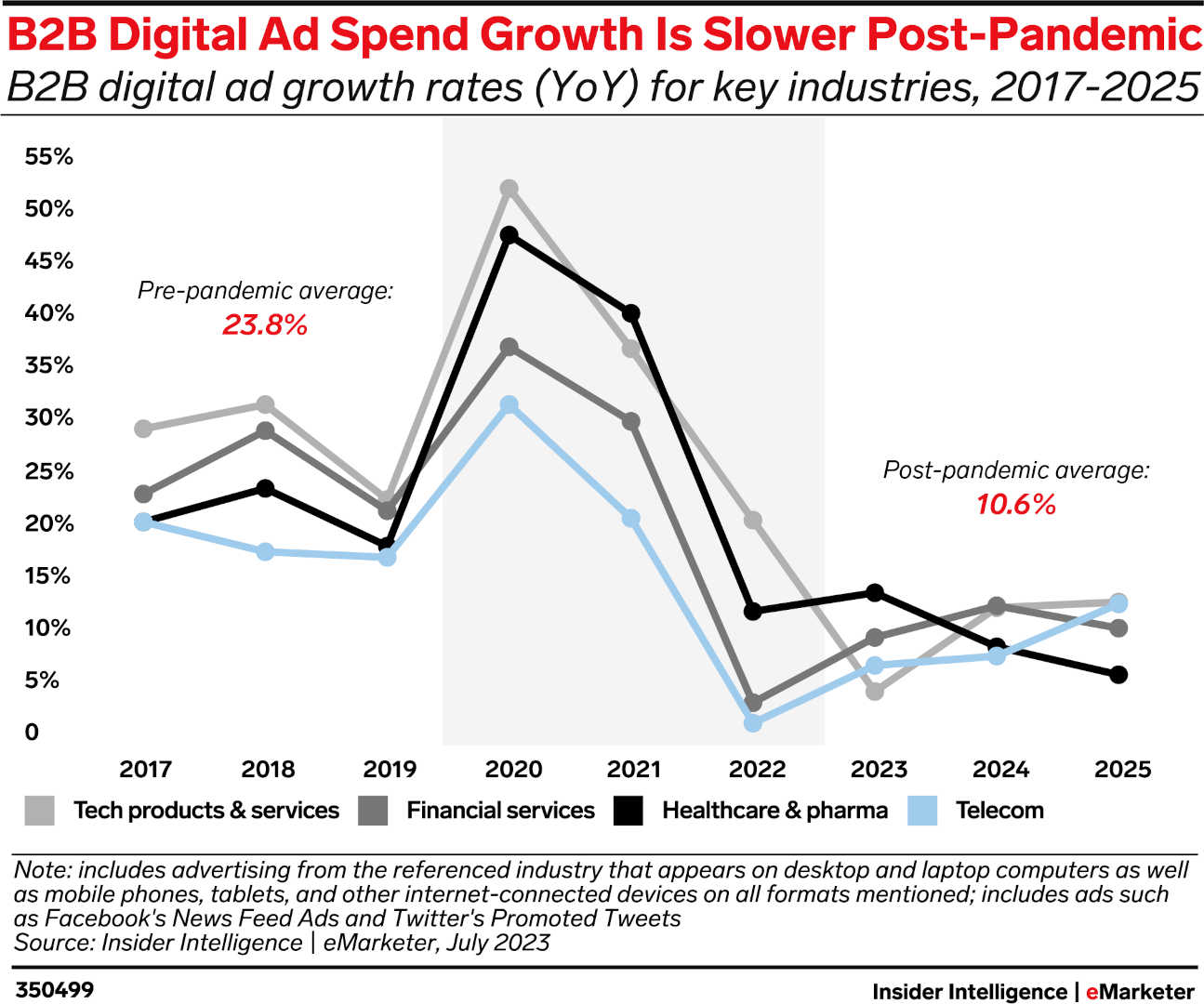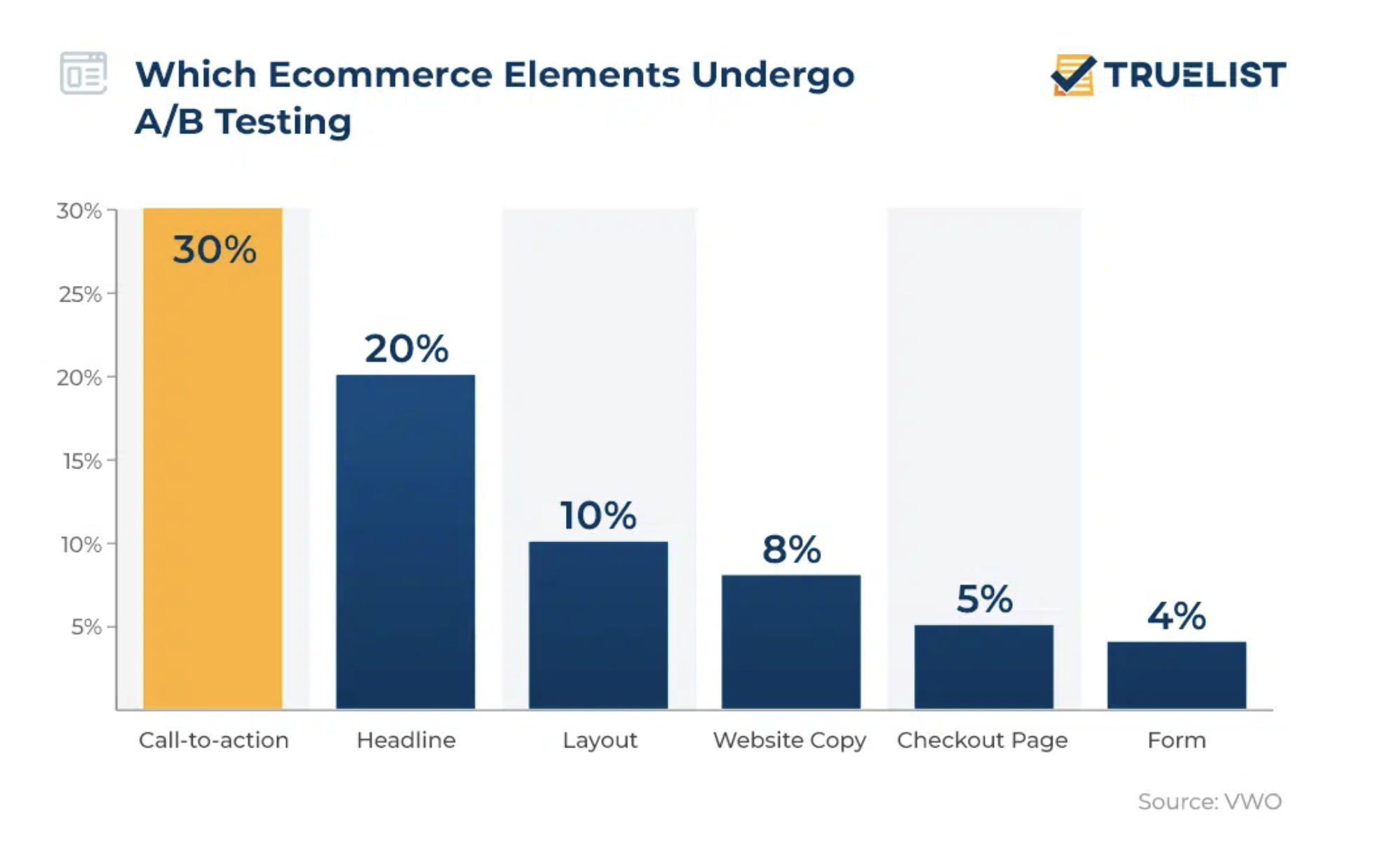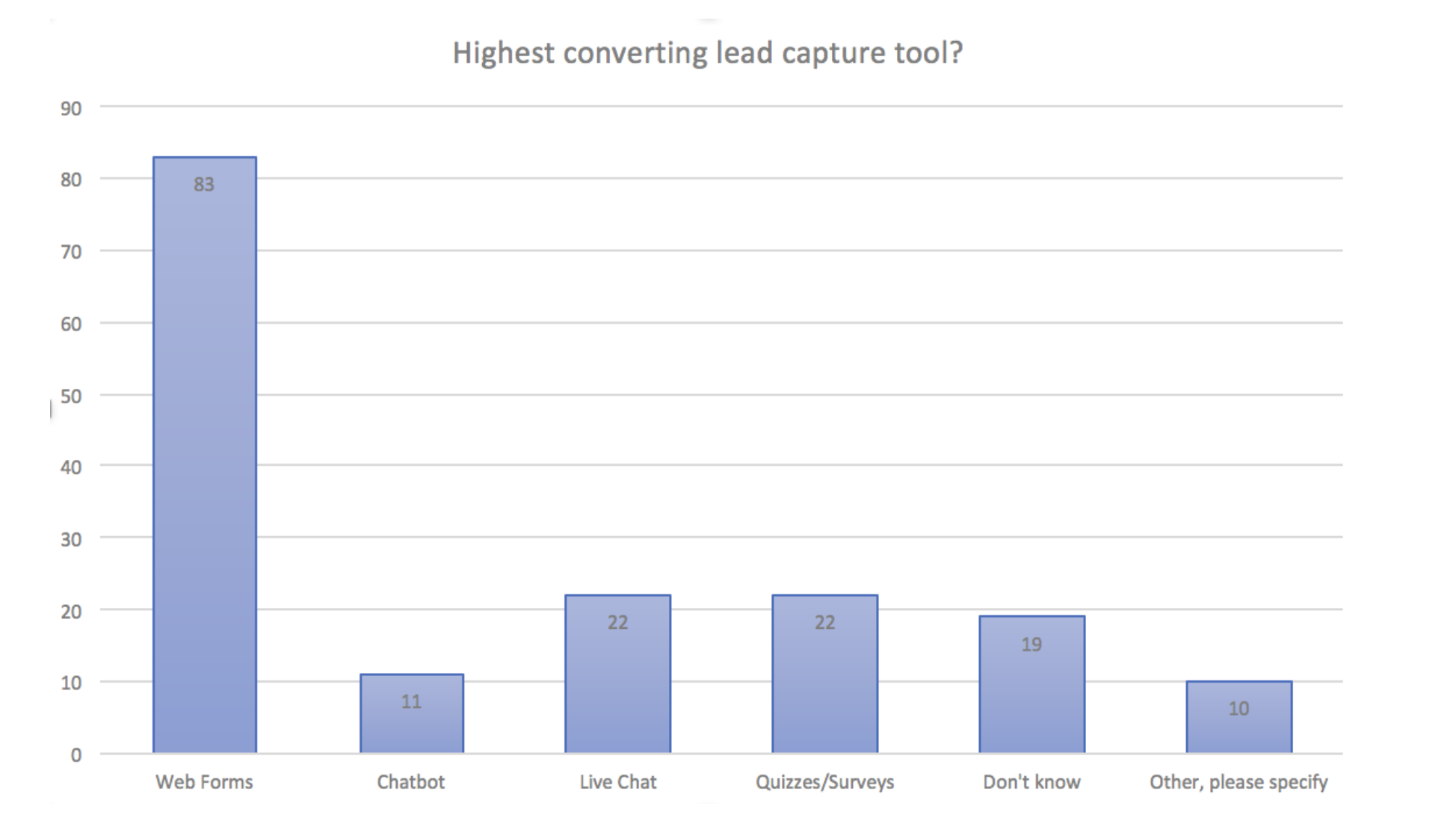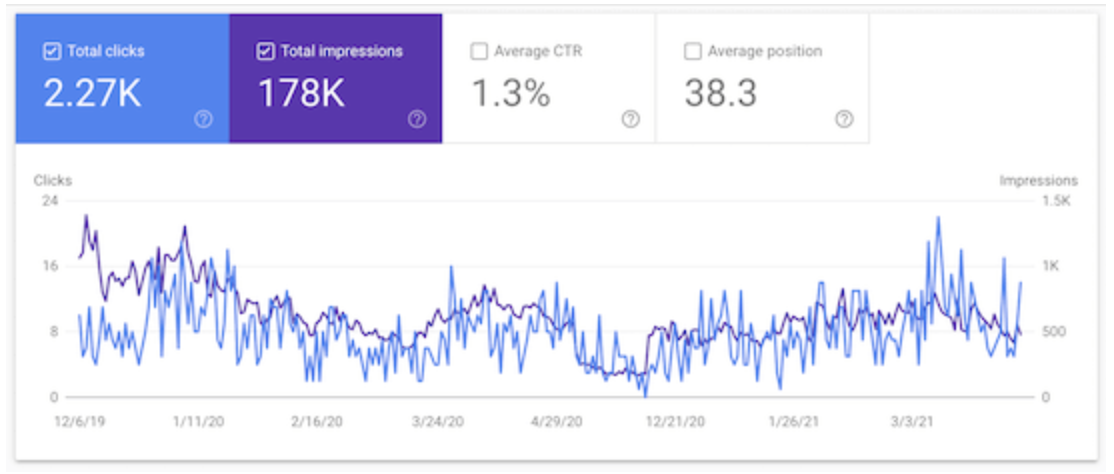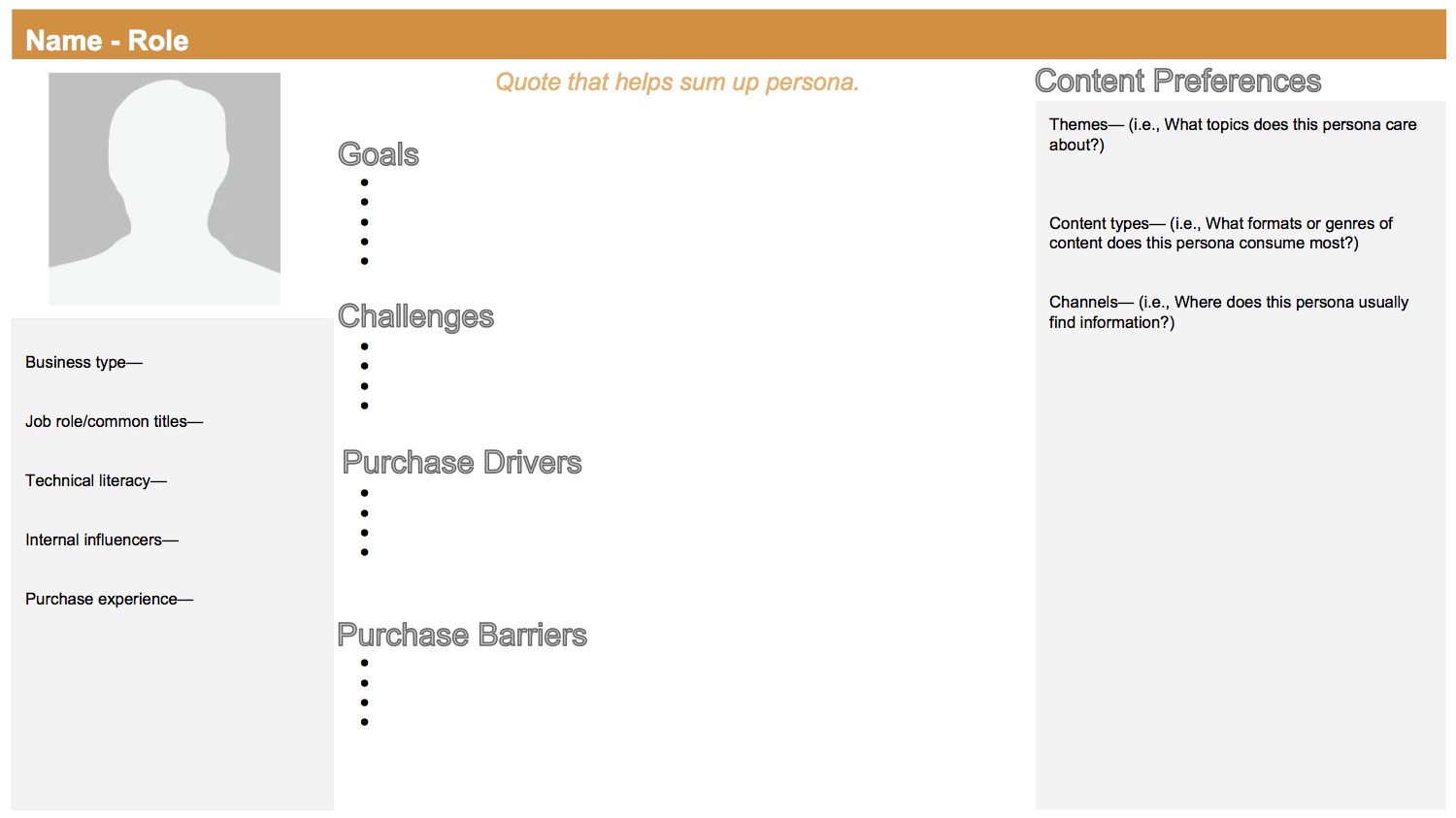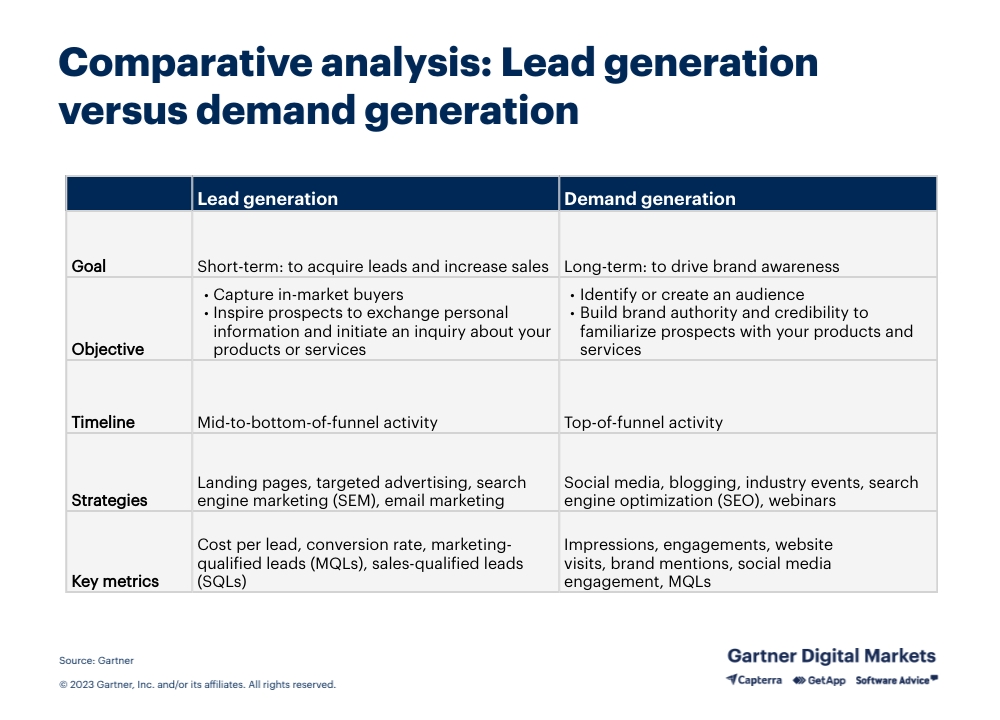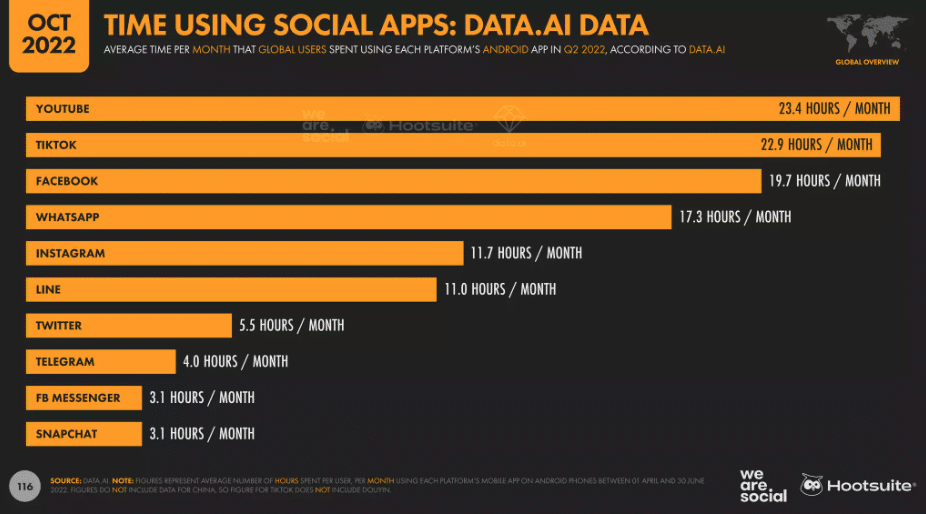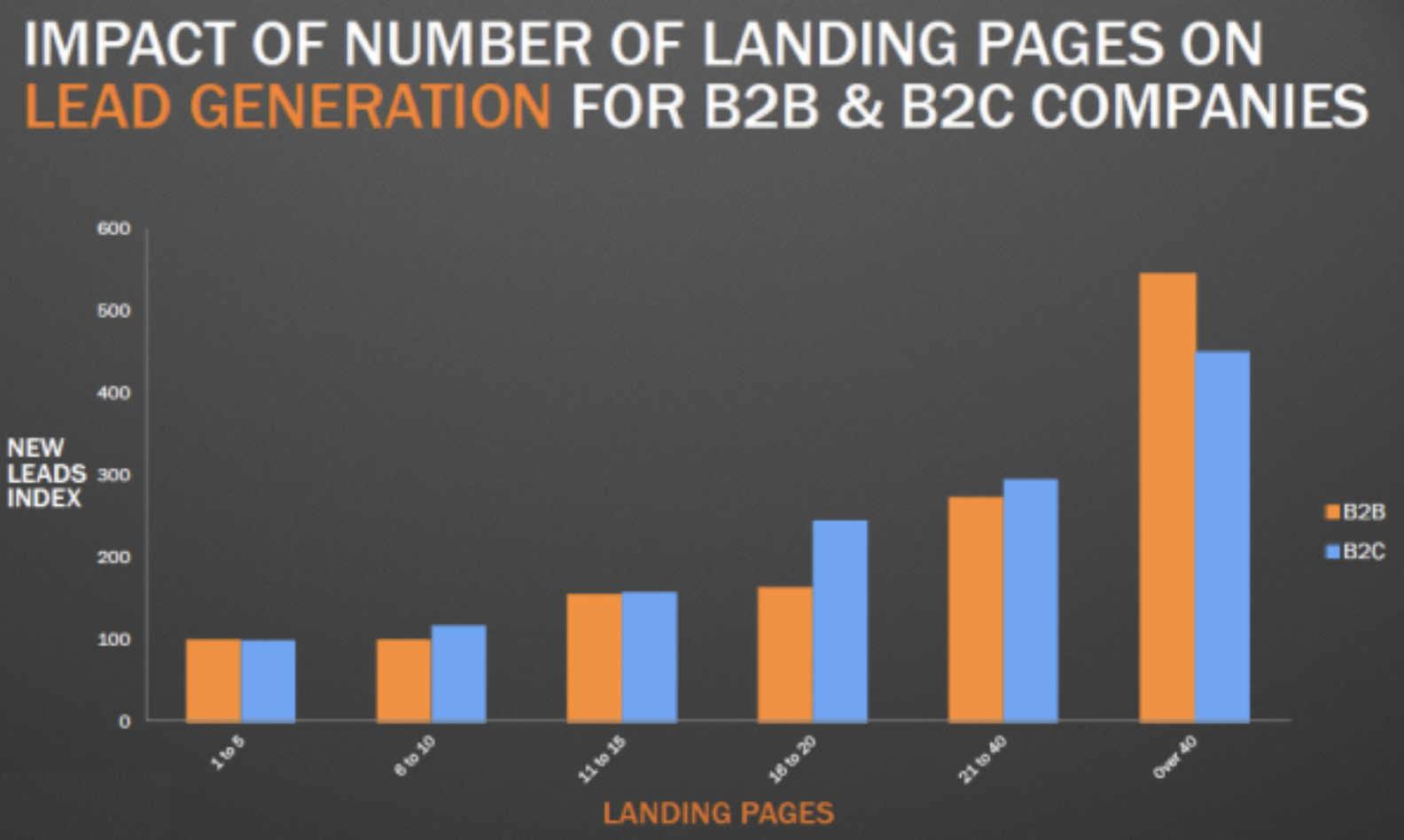2024 B2B SaaS Buyer Preferences: Human-Centric Digital Experiences over Sales Calls
Unsurprisingly, artificial intelligence is the big news for B2B SaaS marketing and sales in 2024. Yet while generative AI is transforming B2B SaaS marketing, the other big news is not about tech disruption but about people – specifically about the sales experience buyers want now.
The sales process, in particular, is undergoing a transformative shift. We’ll go over some research about what modern SaaS buyers are looking for in the sales experience.
First of all, though, you should revisit the difference between sales and marketing before you revamp your strategies. Many teams understand this, but it can also be confusing because the rise of “growth marketing” may blur the line between marketing and sales.
B2B SaaS Marketing vs.Sales
Gary Vee, mega influencer and Vayner Media’s CEO has talked about authenticity and consistency as the key to audience engagement for several years. Digital super-marketer Neil Patel’s recent email to his million-plus subscribers said brand authenticity and consistency are critical for 2024.
Forbes echoes these thoughts, pointing out that B2B brands create interconnected experiences to differentiate themselves in 2024. Experiences such as virtual reality product demos, interactive webinars, and personalized online journeys can enrich a digital-first sales process.
Additional B2B Digital Marketing Trends for 2024 Include:
- Using artificial intelligence (AI)
- Video marketing, especially short-form videos
- Automation to speed up time-consuming tasks
- Authentic marketing
- Personalizing the audience’s experience
- Focusing on sustainability marketing
How should brands hit the ground running with these trends? The first step is to clarify marketing vs. sales. A lot of content online offers tips on marketing strategy alongside sales advice without clarifying the difference. This lack of clarity can lead to feeling overwhelmed or pushing on the right actions at the wrong time.
Marketing creates awareness to attract and educate potential customers. The goal is to generate interest in the product through content marketing (like social media and blogs), SEO, and digital advertising.
Some B2B SaaS businesses contract with marketing agencies to create marketing strategies. To develop these marketing plans, the marketing agency focuses on SaaS trends and the customer journey.
The sales function truly begins when the marketing funnel increases demand generation. Sales converts prospects to paying clients by understanding the prospect and personalizing their journey. Yet, regarding engaging in sales conversations, recent research shows that most buyers no longer want to talk to salespeople.
This post focuses on solutions to help sales update SaaS sales processes and where to optimize to increase customer acquisition in a world where buyers prefer seamless digital experiences over in-person calls.
A Shift Towards Digital Engagement over Traditional Sales Interactions
Safe money suggests that AI and automation will scale the processes that fuel sales and revenue growth in the future.

Source: Garnter, The Future of Sales: Digital-First Sales Transformation Strategies
Gartner’s B2B buyer preference research found that 75% of B2B buyers prefer a rep-free sales experience. Share on XBuyers today prefer to explore options, compare solutions, and make decisions without engaging with a salesperson. This shift reflects a broader trend in the digital transformation of business operations and the growing comfort of buyers with online transactions.
Digital marketing funnels are second nature to the SaaS industry. SaaS products naturally lend themselves to a digital sales approach. The opportunity for developing a competitive advantage lies in Gartner’s finding that buyers purchasing via self-service channels are far more likely to regret the purchase.
Focusing on customer retention via optimizing human-centric digital experiences is critical. Let’s look at some practical steps teams can consider.
How to Reduce B2B Sales Friction in the Digital Journey
In simplifying the digital sales process, the goal is a user experience that is as frictionless as possible, enabling buyers to find information, evaluate solutions, and make purchasing decisions easily. Here are three ways to do that:
Streamlined Website Navigation and User Interface
Design your website with straightforward, intuitive navigation and a user-friendly interface. Frustrating websites are an automatic turn-off.
Responsive Websites
Invest in technology that helps you serve personalized content to visitors based on their actions. This content improves the user’s experience, increases conversions, and builds trust. If you have questions about how this works, we can help.
Interactive Chatbots
AI-powered chatbots on your website that can provide immediate, 24/7 assistance to visitors. The key is to ensure a high-quality interaction. We’ve all had the experience where the chatbot was more frustrating than helpful.
Navigating this shift towards a more digital-centric sales process takes time and effort. It requires not only an understanding of technology but also of the changing dynamics of B2B buyer behavior.
Creating Human-Centric Digital Experiences
As digital interactions become the norm, the challenge for B2B SaaS companies is to create interactions that mimic authentic and engaging in-person experiences. Designing digital touchpoints that resonate with emotions is a great start.
It’s easy to see that social media is the perfect vehicle for emotionally resonant content. It’s about connecting with the buyer, understanding their needs, and building relationships.
However, social media is usually more influential during awareness and discovery. For the sales funnel, here are some ways you can optimize content:
Personalized Video Messaging
A personalized video message can convey warmth, sincerity, and a genuine interest in solving the client’s problems.
Interactive Webinars and Virtual Product Demos
Webinars can be an excellent stand-in for prospects who want to avoid 1:1 sales calls. Host webinars or virtual product demos that are informative and interactive, giving sales representatives a chance to talk with prospects and answer questions.
Tailored content and recommendations
Use data analytics and AI to understand your prospects’ interests and behaviors.
Technology plays a pivotal role in crafting these human-centric digital experiences. You can use advanced analytics, AI, and machine learning to understand buyer behavior and preferences, allowing for more personalized and relevant interactions.
Create a personalized website experience where visitors see content based on their customer journey. Not sure how you can make all that happen? No problem, we’re here to help.
The Role of Self-Service in SaaS Sales
SaaS products have a natural alignment with self-service sales. From free trials to subscriptions, SaaS prospects often look for a quick way to try and purchase products.
With buyers now looking for more self-service options, the information-gathering segment of their journey is a logical place to optimize and stand out.
Here are two suggestions:
Comprehensive Knowledge Bases and Resource Centers
Develop a thorough knowledge base or resource center easily accessible on the website. This resource should include detailed FAQs, how-to guides, tutorials, and case studies.
Interactive Product Tours
Interactive product tours allow prospects to explore the features and functionalities of the SaaS product at their own pace. These could include virtual walkthroughs, interactive demos, or customizable feature explorers.
Moving Ahead in 2024 with B2B SaaS Buyer Preferences
The future of B2B SaaS sales will reveal rich digital interactions, personalized experiences, emotional touchpoints, and seamless self-service options. Companies can increase profits by creating more effective, efficient, and customer-centric sales processes focusing on these areas.
We know that implementing a digital-first landscape can be challenging. Funnel Envy specializes in helping B2B SaaS companies adapt to these changes. We know you have unique concerns and are here to help you. Reach out today to get the conversation started.



